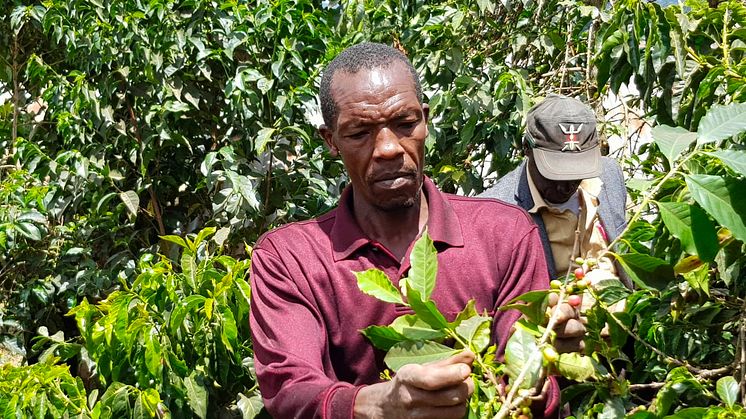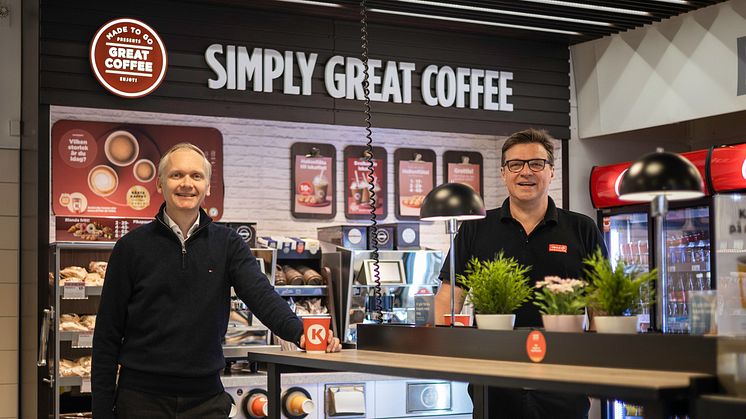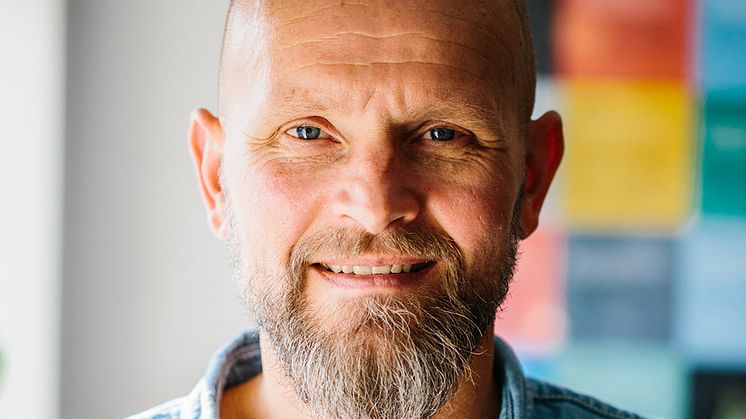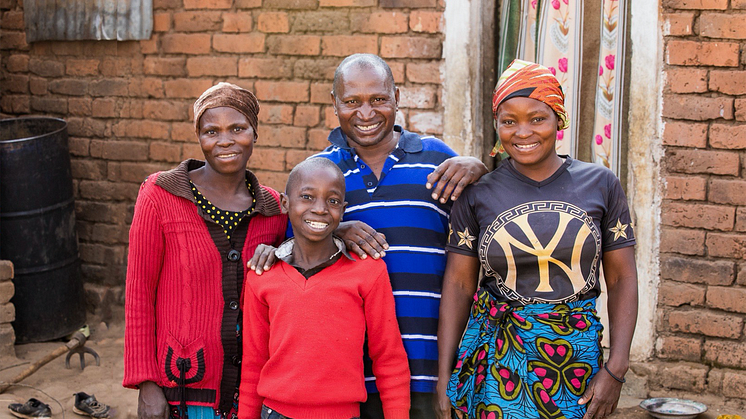
News -
Reports of poor harvests lead to higher coffee prices – but also new opportunities
Reports are pointing to a disastrous coffee harvest in Brazil but rising prices are not the only outcome. The challenging harvest exposes the convoluted and unfair mechanisms of the coffee trade, and the environmental and climate challenges that the whole industry must solve together. The good news is that when challenges become so apparent, it gives us the opportunity to do something about them.
Brazil is by far the world's largest coffee producer. About 40 per cent of the 2 billion cups of coffee that are drunk every day around the world are brewed on beans grown in Brazil. So when some of Brazil's leading coffee regions are hit by extreme weather twice – first drought and then frost – it affects not only the coffee harvest in that country, but the entire coffee industry and market worldwide.
One man’s loss…
The risk of lower supply and an increasing demand both occurring at the same time will inevitably mean higher coffee prices. Indications from Brazil suggest that between 10 and 15 per cent of Brazil's coffee harvests have been destroyed and this will be felt: partly on the prices we and other coffee drinkers will pay in the future; partly, and of course especially, for the Brazilian coffee farmers, whose raw materials have been completely or partially destroyed. While the rest of us could reluctantly do without coffee, the farmers cannot.
It is, of course, deeply tragic for the coffee farmers of Brazil but one man’s loss could be another man’s gain. The disastrous coffee harvest in Brazil could end up benefiting other farmers and, in turn, consumers and even the environment and climate in the long run.
Because when the prices of coffee beans rise, as is the case now, the rise is felt all the way to the farmers and the cooperatives that many farmers are part of. This gives the coffee farmers more money in their hands and if they know how to use that money sensibly, it can end up contributing to the circular transformation of the entire coffee industry, which we at Löfbergs Group are actively looking to drive.
From 3kg to 14kg of beans per tree
If farmers take advantage of the higher settlement prices for coffee to invest in new technology, education and better cultivation methods, they can significantly increase their capacity and yield. This will better equip the farmer for the future and mean a better utilisation of the resources that are used to grow coffee.
We know this is possible because we've seen it before. Since 2013, Löfbergs Group has invested in teaching and developing climate-adapted production with 15,000 farmers in Kenya. The project "Coffee for a Better Future" was an overwhelming economic and developmental success, and the harvest yield more than quadrupled from 3kg to 14kg per tree. The project has since been expanded to include as many as 40,000 coffee farmers in Kenya, Tanzania and Colombia under the name "Next Generation Coffee".
Coffee is not just something we drink
Investments by farmers must be backed by investments in the rest of the value chain. We must continue the development towards full utilisation of the nutrient-rich coffee plant. Where today we utilise less than 1 per cent of the plant's nutritional value when we harvest the berries and use the beans to brew coffee, we have set a goal that in 2030 we will use 100 per cent. It makes good sense not only from an environmental and climate sustainability perspective, but also from a social perspective because it helps to create new sources of income for the coffee farmers.
In The Circular Coffee Community, we work with other companies to utilise 99 per cent of the plant's value that is wasted today. Coffee grounds in our part of the world can be used for a wealth of things from garden nourishers to 3D printed materials, from flour for baking to cosmetics and skin care products. The coffee beans' silver skins (a thin film similar to the paper-thin layer under the peel of an onion), fall off when the beans are roasted. They can be used in bread and other foods. The leaves of the coffee plant, which are otherwise mostly burnt as waste, can be utilised by the coffee farmer on his farm. They contain nutrients and flavours that can be extracted and used to produce beverages. Other possibilities can be found by utilising the coffee plant's berries, the wet mill's wastewater and the coffee farm's many tributaries.
There are plenty of options and we have far from discovered all of them yet. It is high time that we become better at utilising the many resources from the coffee plant that are still wasted – both for the sake of the farmers who need new sources of income, and for the sake of the environment and climate, which suffer from the shameful waste of resources.
A fairer coffee industry
Another issue that will be evident now that the coffee industry is challenged is the complicated structures of worldwide coffee trade. They mean that only a very small portion of the price we pay for coffee in the supermarket or at a café goes to the farmer who has grown and harvested the beans. Coffee is the world's second most traded commodity and can go through up to 150 trades before it reaches your cup.
And when each of those trades must make a profit from selling the coffee, it almost goes without saying that there is not much chance for the farmers to make a meaningful profit. That is why we are working hard to challenge the convoluted and unfair trade structures and to ensure a much greater degree of direct trade with farmers. It will not only benefit the individual farmers but also the consumers, because it will be very clear where the coffee has come from, under what conditions it has been grown and so on. When consumers are able to make informed choices in the purchase of their coffee they get a real opportunity to help push for the positive, circular development of the industry.
A more transparent and direct coffee trade benefits both farmers and consumers. And together with a better utilisation of the coffee plant as a resource, it helps to ensure that there is both coffee and the farmers to grow it in the future.



